Table of Contents
Introduction: The Allure of the Unknown
Gazing upwards on a clear night, who hasn’t been ensnared by the enchantment of the inky black skies, punctuated by twinkling stars? It’s a tapestry of lights, an infinite canvas that stretches far beyond our imagination. The vastness of this expanse, with its radiant constellations and the vast voids between them, is almost incomprehensible. Every tiny speck of light, from the faintest star to the most dazzling planet, holds stories older than our civilization.
The cosmos, in all its majesty, has been a muse for dreamers, poets, scientists, and curious minds alike. This eternal abyss has not only been a backdrop for myths and legends but has also propelled our relentless pursuit of knowledge. Over the centuries, we’ve looked up and pondered our place amidst this vast ocean of mysteries. We’ve woven tales of gods and creatures, of cosmic events and celestial dances. The stories might differ, but the intrigue remains universal.
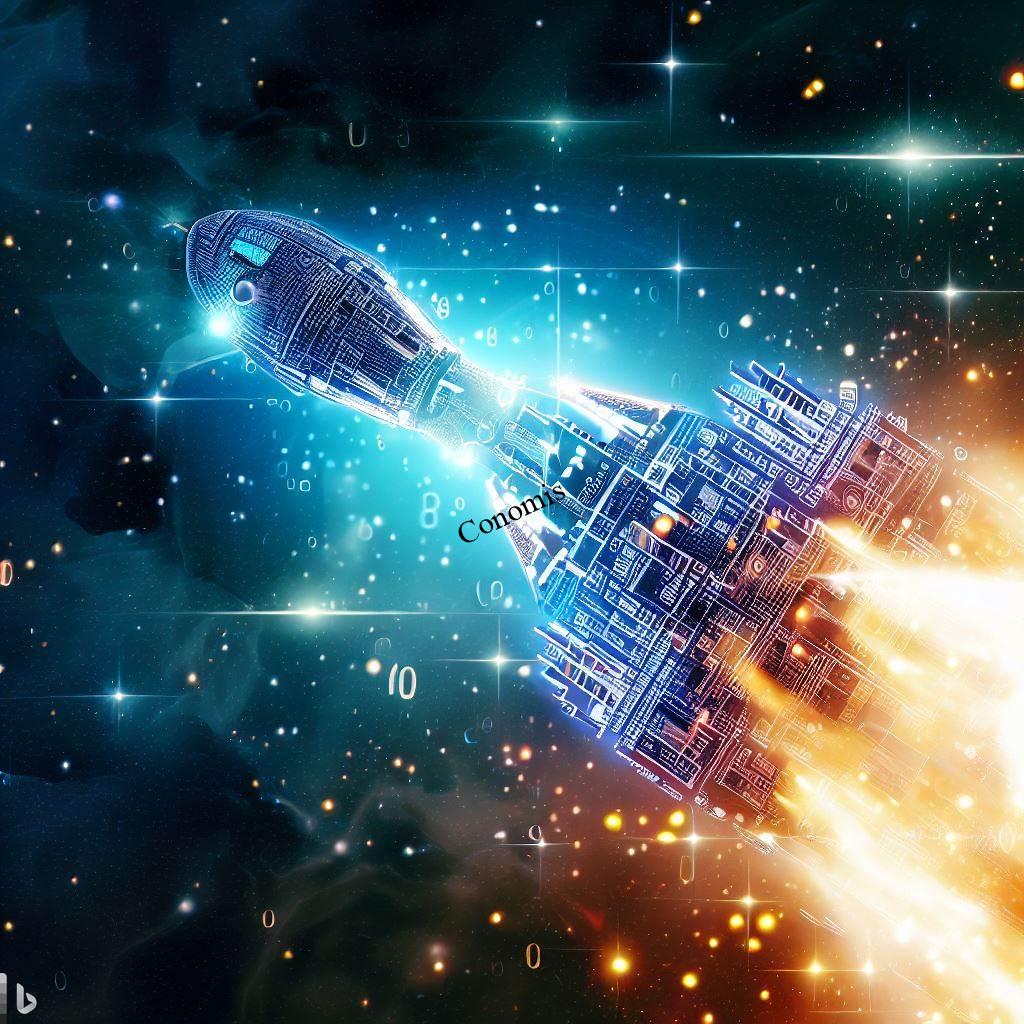
Outer space, with its ethereal beauty, remains one of the last great enigmas of our time. Its vastness encapsulates not just astronomical bodies but the hopes, dreams, and curiosities of humanity. With every advancement in technology, we peel back another layer of the cosmic onion, hoping to answer the age-old question: What exactly is out there? As we probe deeper and push the boundaries of our understanding, the allure of the unknown keeps us yearning for more.
The Basics of Outer Space
Celestial Bodies and Their Significance
When we think of the universe, we often picture a vast, unending expanse. But this vastness is not just an empty void. Instead, it’s adorned with an intricate array of celestial bodies, each unique in its existence and each telling a story of cosmic evolution.
Starting close to home, our very own solar system is a bustling neighborhood of planets, each with its own characteristics. From the raging storms on Jupiter to the icy terrains of Neptune, these planets not only add diversity to our solar system but also offer insight into the myriad of conditions that exist in our tiny corner of the galaxy. These planets orbit our Sun, a star among billions, providing the essential energy that sustains life on Earth.
Yet, the universe’s grandeur doesn’t stop at our solar system’s boundaries. Beyond, we find galaxies, vast islands of stars, gas, and dust, each holding secrets of the universe’s past, present, and future. Within these galaxies, stars are born, live out their luminous lives, and eventually die, sometimes with a magnificent explosion. Their remnants, whether as serene white dwarfs or insatiable black holes, continue to shape the cosmos in profound ways.

Furthermore, there are asteroids, comets, and other smaller entities darting around space. While they might seem insignificant, these small bodies can offer clues to our universe’s early days and the formation of planets.
In essence, every celestial object, big or small, plays a crucial role in the grand cosmic dance. They not only form the universe’s architectural framework but also provide us with a deeper understanding of our place within this vast, wondrous expanse.
Space: The Near-Perfect Vacuum
The word “space” often conjures images of a vast, infinite emptiness. However, this notion of absolute nothingness is somewhat of a misconception. Dive into the details, and you’ll discover that space is more than just an empty stage where celestial bodies play out their cosmic drama.
To begin with, let’s address the widely held belief that space is devoid of matter. In reality, while space is impressively empty compared to conditions on Earth, it isn’t entirely vacant. Here and there, even in the vast stretches between stars and galaxies, sparse atoms and subatomic particles float around. Whether it’s a lone hydrogen atom or a fleeting electron, these tiny entities ensure that space isn’t an absolute vacuum.
Moreover, these particles, though few and far between, are of immense importance. They bear witness to events of cosmic significance. For instance, particles from ancient supernovae, or traces of primordial helium from the birth of the universe, can offer tantalizing clues about our universe’s history and its underlying mechanics.
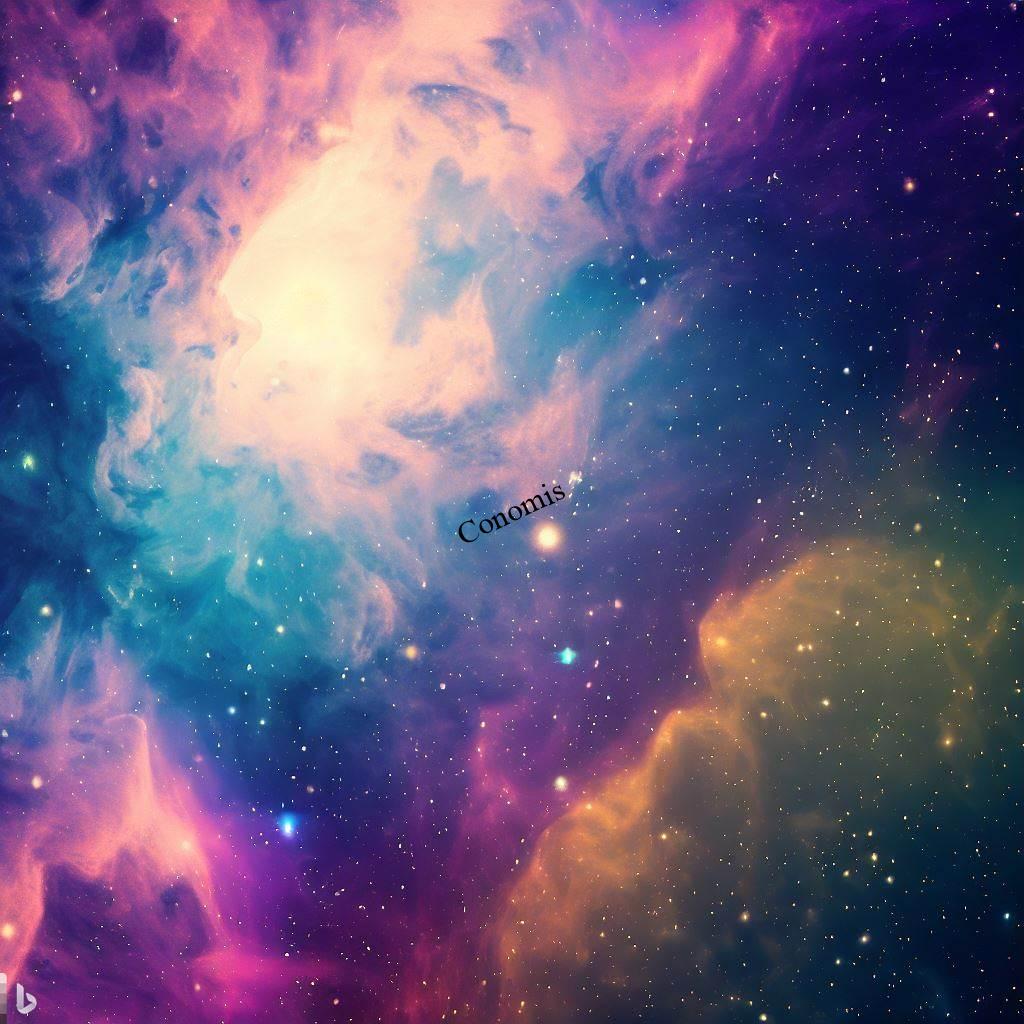
Furthermore, this near-vacuum state of space plays a pivotal role in various cosmic phenomena. The low pressure aids in the formation of nebulae, from which stars are birthed. The sparse environment allows light from distant stars and galaxies to travel across vast cosmic distances, eventually reaching our telescopes and allowing us to peer back in time.
In summary, space, with its near-perfect vacuum state, is not merely an empty void. It’s a treasure trove holding countless mysteries, waiting for inquisitive minds to unravel them. Every sparse atom and particle has a story to tell, a piece in the vast puzzle that is our universe.
From the Beginning: The Big Bang
Have you ever been startled by the abrupt, echoing pop of a balloon? That sudden release of energy, transforming a contained space into a burst of sound and motion. Now, magnify that concept countless times over, extending it beyond our everyday comprehension. This gives a rudimentary analogy for the grand event known as the Big Bang.
Let’s wind back the cosmic clock. Approximately 13.8 billion years ago, our universe was not the vast expanse filled with galaxies, stars, and nebulae that we recognize today. Instead, it was a singularity, an infinitesimally small point, loaded with unimaginable energy and density. In a cataclysmic moment, this point began to expand, marking the birth of time, space, and matter as we know them.
The aftermath of this colossal explosion wasn’t just an arbitrary dispersal of matter. It laid down the foundational blueprint for everything we observe in our universe today. The intense heat from the initial explosion resulted in a primordial soup of fundamental particles. As the universe expanded and cooled, these particles coalesced to form atoms, which, over aeons, grouped to form stars and galaxies.
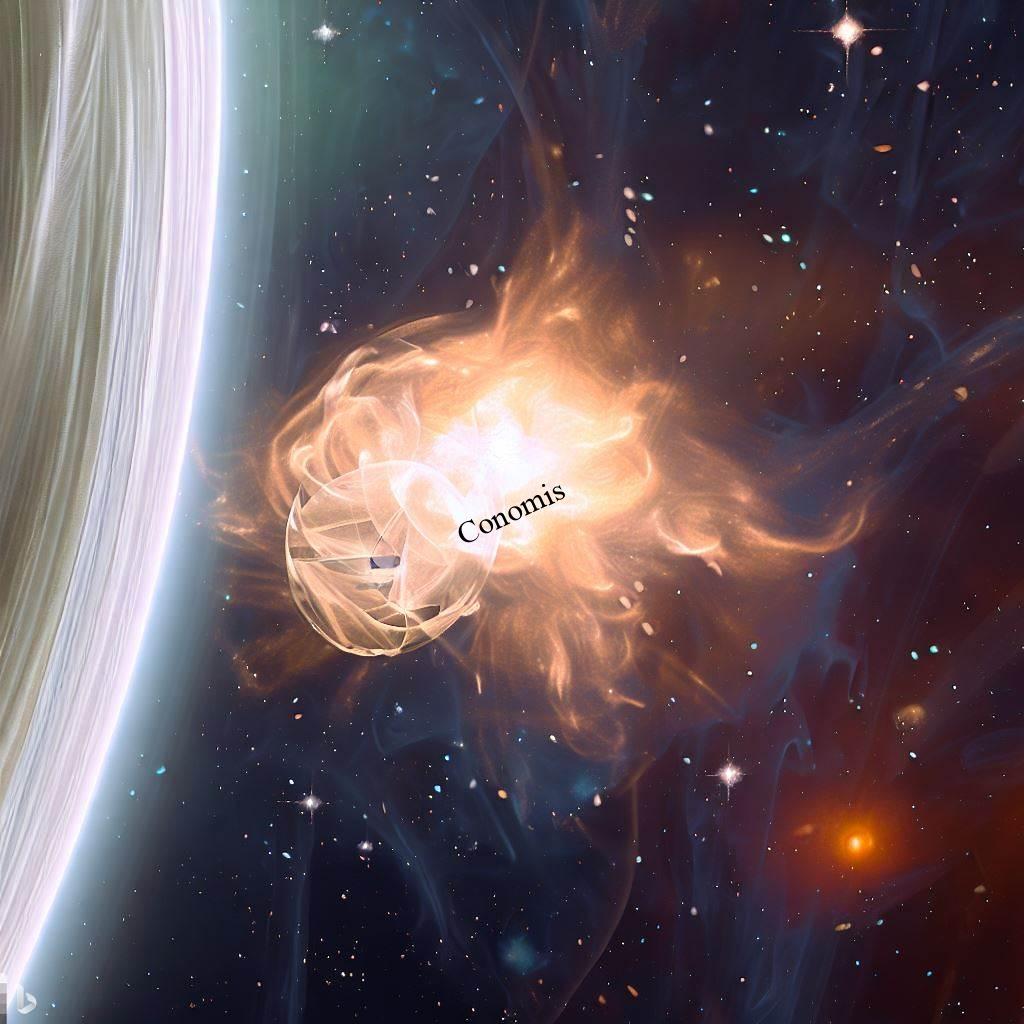
The Big Bang Theory, supported by a plethora of evidence like the cosmic microwave background radiation and the observed expansion of the universe, offers a compelling narrative of our universe’s origin. It’s a tale of transformation, from a concentrated point of energy to the vast, structured, and ever-evolving cosmos we are part of today.
In essence, every galaxy, star, planet, and even ourselves, owe our existence to that singular, monumental event that took place billions of years ago. Just like a balloon’s pop, the Big Bang was the universe’s explosive debut, setting the stage for the cosmic symphony that continues to play.
Aftermath and the Universe’s Evolution
The initial burst of the Big Bang was only the beginning. From that cataclysmic event, a cascade of processes was set in motion, leading to the vast, intricate universe we observe today. Like the seeds sprouting into a tree, that singular explosion planted the roots of cosmic evolution.
In the immediate aftermath of the Big Bang, the universe was an extremely hot and dense sea of fundamental particles. Picture it as a scalding, dense broth, where particles zipped around, colliding and interacting with one another. As time ticked on and the universe expanded, it began to cool, allowing these particles to combine and form the first atoms, primarily hydrogen and helium.

With the universe’s continuous expansion, vast regions of slightly higher density began to emerge due to minute quantum fluctuations from the Big Bang’s early moments. Over millions and billions of years, these denser regions, under the inexorable pull of gravity, began to clump together. It was within these pockets of dense matter that the first stars ignited, piercing the cosmic darkness with their radiant glow.
Around these nascent stars, galaxies began to take shape, evolving into the diverse forms we see today, from spirals like our Milky Way to elliptical behemoths. Within these galaxies, stars lived out their life cycles, creating heavier elements in their fiery furnaces. Some of these elements would become the building blocks for planets, asteroids, and even life itself.
Today’s universe, with its breathtaking array of celestial bodies and phenomena, is the result of this intricate ballet of cosmic evolution. Every star we gaze upon, every planet we discover, is a chapter in this grand narrative of growth and transformation, stemming from that singular explosive moment billions of years ago.
Distinctive Space Concepts
Cislunar Space
When we think of space exploration, our minds often wander to distant planets or the deep void beyond our solar system. Yet, there’s a region much closer to home that holds untapped potential and intrigue: the cislunar space.
So, what exactly is cislunar space? In simple terms, it’s the region of space that exists between the Earth and the Moon’s orbit. Imagine it as the cosmic ‘backyard’ of our planet, a realm where both the Earth and Moon’s gravitational influences play a part, creating a dynamic environment for exploration.
The significance of cislunar space is manifold. Firstly, it serves as a crucial gateway for missions beyond Earth’s immediate vicinity. It’s akin to a testing ground, where spacecraft can be trialed and refined before embarking on more distant and challenging journeys. This proximity to Earth offers a safety net of sorts, enabling faster communication and easier return in case of emergencies.
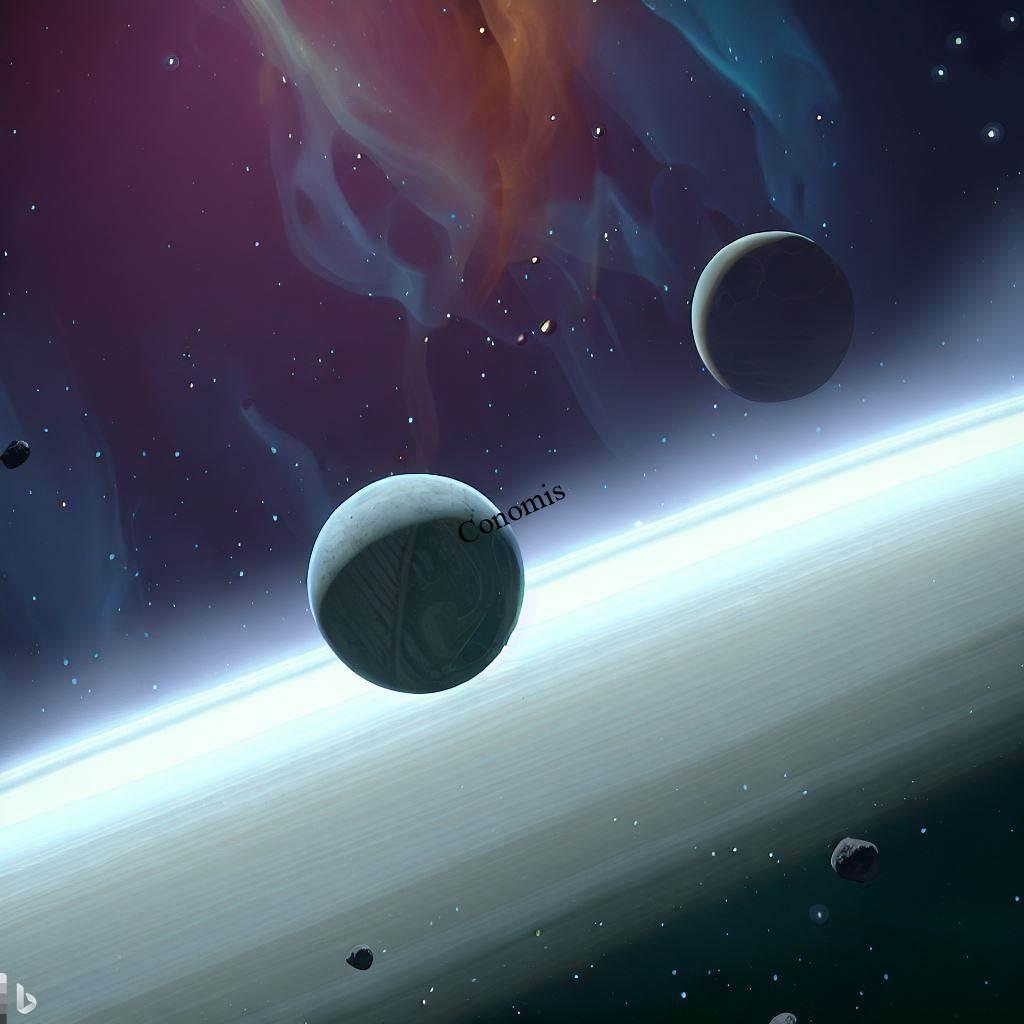
Moreover, cislunar space holds economic and scientific promise. With the moon being a treasure trove of resources like water ice and rare minerals, this region becomes a strategic staging area for lunar missions, whether they’re aimed at mining, research, or establishing a human presence on the Moon.
But the potential doesn’t stop there. As technology advances, we can envision cislunar space becoming a hub for commercial activities, research outposts, and even tourism. Picture floating hotels with Earthrise views or research labs harnessing the unique conditions of this space.
In essence, cislunar space, though often overshadowed by more distant cosmic destinations, is a realm teeming with opportunities. As we stand on the cusp of a new era of space exploration, this ‘backyard’ might just be the key to unlocking our future among the stars.
Deep Space and Interstellar Space
“Space, the final frontier,” as famously declared by Star Trek, beckons us with its enigma and vastness. As we venture beyond our solar system’s confines, we encounter the realms of deep space and, further out, the enigmatic interstellar space. But what sets these regions apart, and why are they significant in the tapestry of the cosmos?
First, let’s dive into deep space. This region commences beyond the outer planets of our solar system and extends up to the boundary where the Sun’s gravitational influence wanes. In this vast stretch, objects like comets, asteroids, and dwarf planets, not bound to any star, drift silently, each narrating tales of our solar system’s ancient past and its formation. It’s like the frontier towns on the edge of a vast desert, hinting at the mysteries that lie beyond.

Then, as we move further out, we encounter interstellar space. This is the true wilderness of the cosmos. It’s the region that exists between the stars, filled with vast molecular clouds, cosmic dust, and sparse particles. Imagine it as the vast ocean between islands (stars) in an archipelago. Here, the vestiges of old stars, long gone supernovae, and the seeds of future stars intermingle, shaping the destiny of galaxies.
It’s within this grand expanse that fictional starships, like the Starship Enterprise, seek out new life and civilizations. But fiction aside, the study of this region is crucial. Understanding interstellar space can provide insights into the life cycles of stars, the birth of solar systems, and the very fabric of our galaxy.
In sum, as we cast our eyes and ambitions further into space, deep space and interstellar space serve as the vast playgrounds of both our imaginations and our quest for cosmic understanding. Whether for the thrill of exploration, as in sci-fi tales, or the insatiable human drive to understand our place in the cosmos, these regions beckon us with their mysteries.
Plasma Between Galaxies and Intergalactic Space
In the grand canvas of the cosmos, between the glittering galaxies, lies a realm often overlooked yet teeming with mysteries: the intergalactic space. Contrary to the notion of a sheer void, this region is filled, albeit sparsely, with plasma. This enigmatic state of matter, neither solid nor liquid nor gas, holds keys to understanding the universe’s grander narrative.
At first glance, intergalactic space might seem desolate. But delve deeper, and you’ll find plasma—a soup of charged particles, mainly electrons and ions. Unlike the other states of matter that we’re more familiar with on Earth, plasma is unique. It’s created when energy, often in the form of heat, strips electrons from atoms, resulting in a hot, ionized gas. In the vastness of space, this plasma weaves an intricate web, bridging the gaps between galaxies.
This intergalactic plasma plays several pivotal roles in cosmic phenomena. It conducts electricity, generates magnetic fields, and can emit and absorb light, giving astronomers vital clues about the universe’s properties and behavior. For instance, the way this plasma interacts with light can help scientists deduce the presence of unseen matter, or even hint at the universe’s rate of expansion.
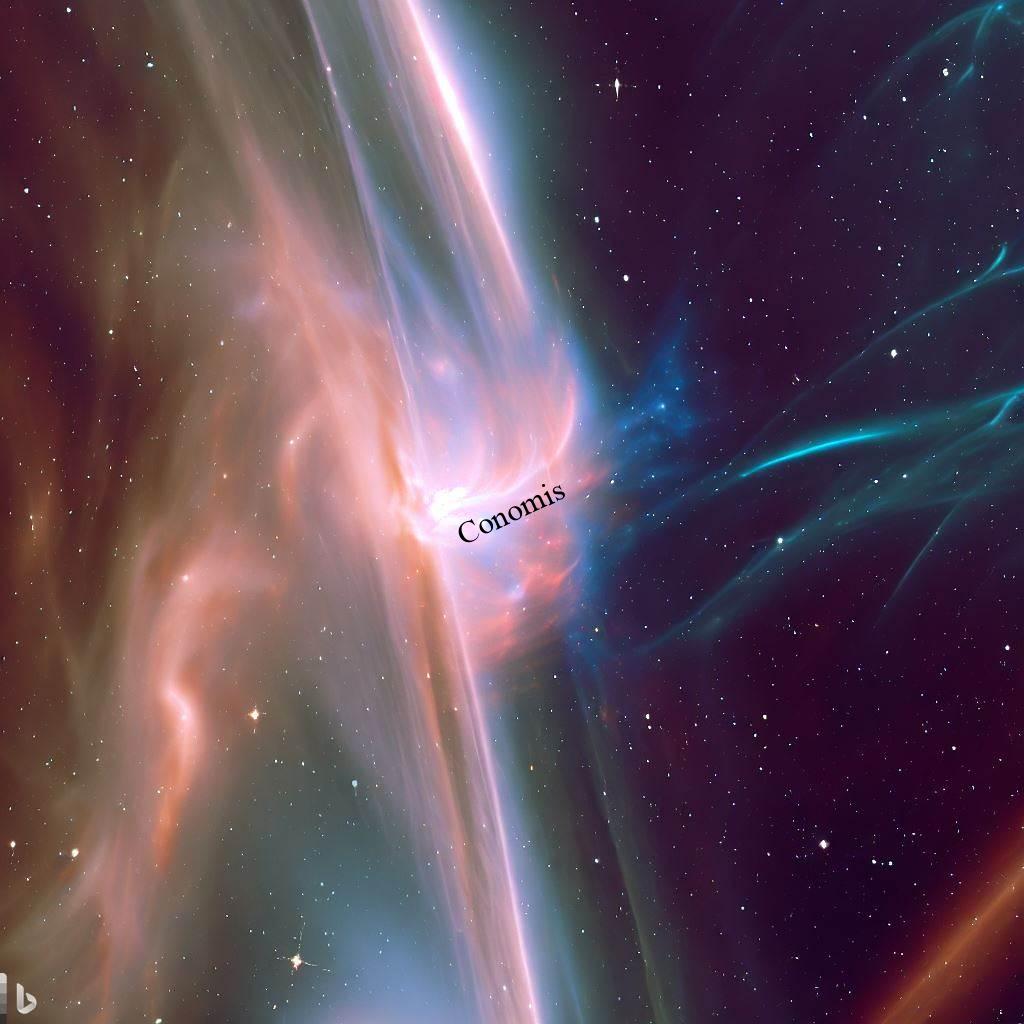
Furthermore, studying the plasma’s distribution and behavior offers insights into the universe’s structure and its large-scale patterns. The cosmic web, a vast network of galaxies, dark matter, and plasma, threads its way through intergalactic space, painting a picture of the universe’s intricate connectivity.
In conclusion, the stretches between galaxies aren’t just empty hallways connecting grand cosmic chambers. They’re filled with the whispers and tales of the universe, encoded in the dance of plasma particles. As we unravel the secrets of intergalactic space and the plasma within, we come closer to piecing together the vast puzzle that is our universe.
The Enigma: Dark Matter and Dark Energy
Imagine being in a vast room, only aware of 5% of its contents, with the rest remaining elusive and mysterious. This analogy encapsulates our understanding of the universe when we talk about dark matter and dark energy. These cosmic enigmas, unseen yet profoundly influential, dominate the universe’s composition, leaving scientists both baffled and intrigued.
First, let’s tackle dark matter. Unlike the ordinary matter that forms stars, planets, and everything we can touch and see, dark matter doesn’t emit, absorb, or reflect light. It’s invisible, yet its presence is palpable through its gravitational effects on visible matter. Picture it like unseen hands guiding the dance of galaxies. Clusters of galaxies, with their vast swaths of stars, move in ways that can’t be explained by the gravitational pull of visible matter alone. The unseen force? Dark matter. Its gravitational influence binds galaxies together, acting as cosmic glue.

Then there’s dark energy, an even more perplexing player in the cosmic drama. While dark matter’s gravity pulls things together, dark energy seems to push them apart. It’s believed to be the driving force behind the accelerating expansion of the universe. Imagine blowing up a balloon, but instead of slowing down, the expansion inexplicably speeds up. That’s the enigma of dark energy.
Together, dark matter and dark energy form the vast majority of the universe, a staggering 95%! Yet, they remain some of the greatest mysteries in cosmology. Like a cosmic detective story, scientists are constantly hunting for clues, trying to shed light on these dark constituents. Their nature, origin, and influence could hold the answers to the universe’s most profound questions and its ultimate fate. So, while we might fear the dark here on Earth, in the cosmos, it’s the very darkness that might illuminate our understanding.
The Odyssey of Space Exploration
Past Endeavors
When it comes to human ambition, few domains have captured our collective imagination like space exploration. Tracing our journey through the annals of history reveals a saga of ingenuity, determination, and monumental milestones that have expanded our understanding of the cosmos.
Cast your mind back to 1957, a pivotal year in our spacefaring odyssey. The skies buzzed with anticipation as the USSR marked a significant first with the launch of Sputnik. This modest satellite, beeping as it orbited Earth, wasn’t just a piece of technology; it symbolized humanity’s maiden venture into the vast expanse beyond our atmosphere. A new era had dawned, and the space race was well and truly ignited.
Then came a series of rapid advancements, each more audacious than the last. The cosmos beckoned, and nations responded. We witnessed Yuri Gagarin orbit the Earth, becoming the first human to experience the weightlessness of space, a feat that shattered preconceived notions of human limits.
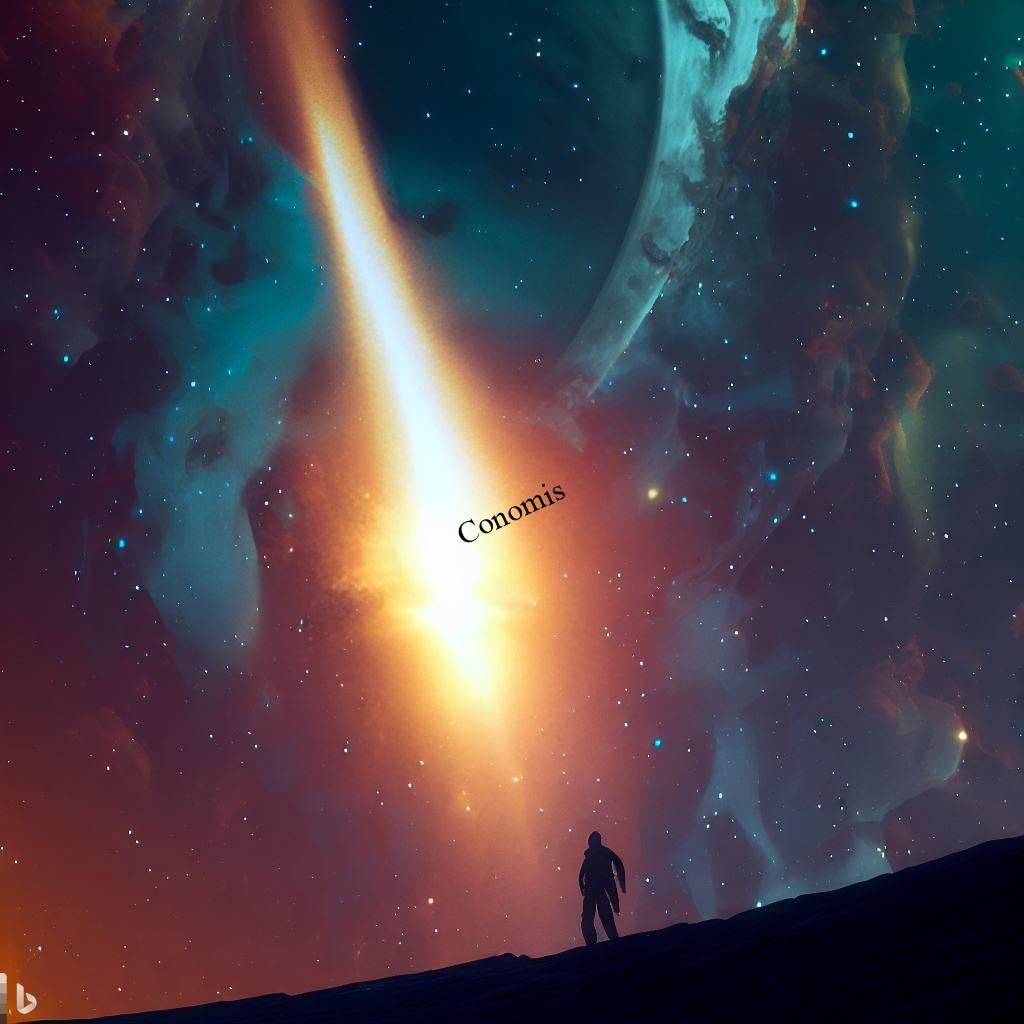
However, the crowning achievement, the one that’s etched into the annals of history, was the Apollo 11 mission. In 1969, the world held its breath as Neil Armstrong descended the lunar module’s ladder and took that legendary first step on the Moon’s surface. His words, “That’s one small step for man, one giant leap for mankind,” encapsulated the monumental significance of the moment. Mankind had touched another celestial body!
Each of these endeavors, from Sputnik’s beeps to Armstrong’s footprints, serves as testament to our unyielding drive to explore, understand, and conquer the unknown. They are milestones that remind us of our potential when curiosity fuels our journey and the sky is not the limit, but the beginning.
The Current Age of Exploration
Step into today’s world, and you’ll quickly realize we’re witnessing a renaissance in space exploration, one that rivals, if not surpasses, the fervor of the past. This is not the age of tentative steps into the unknown; we’re leaping bounds, turning science fiction dreams into tangible realities. Indeed, if you’re enthralled by the stars, there’s no better epoch to be alive than now.
Take Mars, for instance. Gone are the days when the Red Planet was just a distant, reddish dot in our telescopes. Today, multiple rovers trundle its surface, sending back captivating images and data. Scientists are unraveling Mars’s secrets, seeking signs of ancient life and preparing for future manned missions. Talk about becoming an interplanetary species is no longer just the domain of sci-fi novels; it’s on planners’ desks.
And let’s not forget the burgeoning field of space tourism. Once, space was a frontier only astronauts trained for years could venture into. But today, companies like SpaceX and Blue Origin are turning ordinary citizens into astronauts. The promise? A ticket to experience the breathtaking curvature of Earth, the silence of space, and the exhilarating feeling of weightlessness.
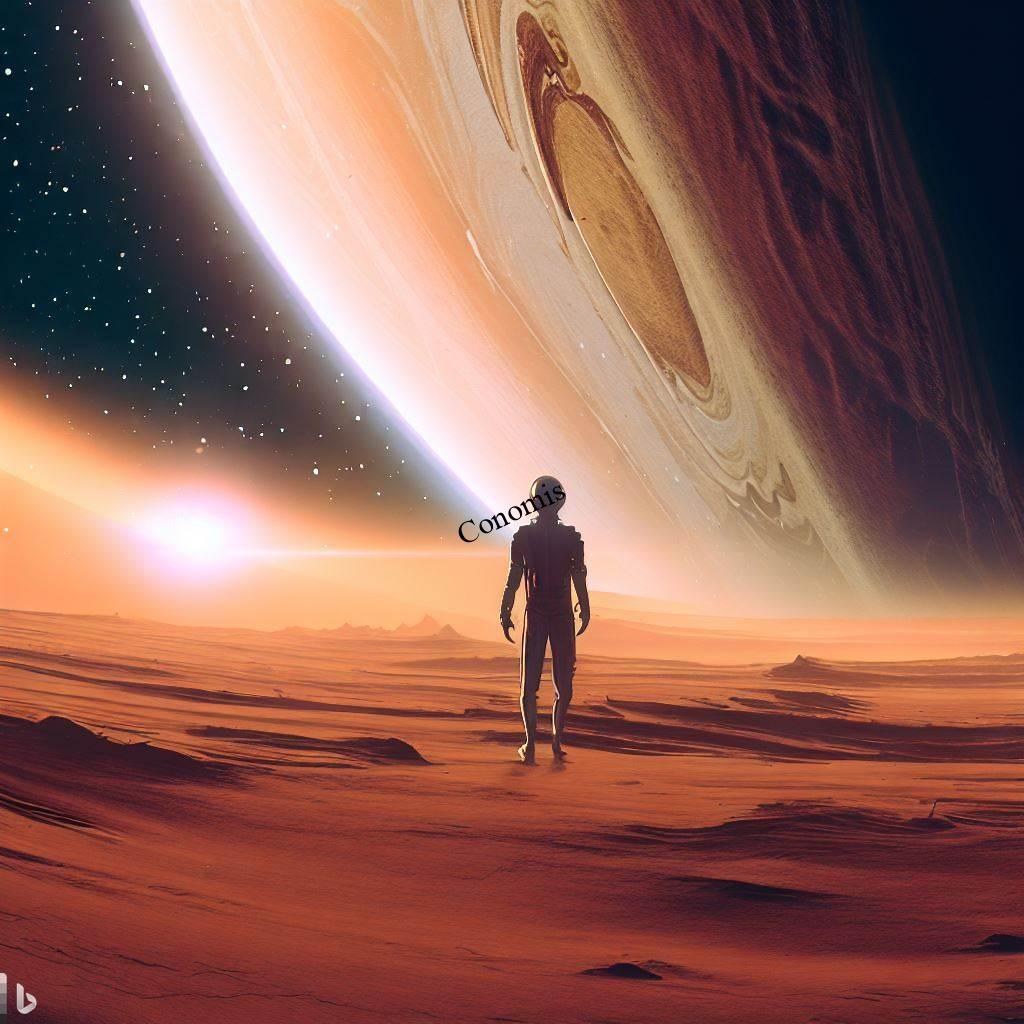
Moreover, the sky above is now dotted with a constellation of satellites. They’re not just for global communication; they monitor climate change, predict weather, and even help farmers optimize crop yields.
What’s thrilling is this: we’re just scratching the surface. With every rocket launch, Mars rover, or space tourist, we’re building a legacy for future generations. So, the next time you gaze up at the night sky, know this: you’re not just an observer. You’re a participant in the most exciting chapter of human exploration ever written.
Future Prospects
If history is a reflection of humanity’s accomplishments, the future is a canvas waiting to be painted with our dreams and aspirations. Especially in the realm of space exploration, what lies ahead is nothing short of exhilarating. Imagine a universe where distant planets become our second homes, and stars aren’t just points of light but destinations awaiting our arrival. Sounds like a scene from a sci-fi movie? Well, the future might be closer to this vision than we think.
Let’s embark with Mars. Scientists and visionaries aren’t just talking about sending rovers or planting flags; they’re discussing full-blown colonization. Plans are being drafted to create habitable zones, harnessing Martian resources to sustain life. Imagine waking up to a rust-red horizon, knowing you’re part of a pioneering community living millions of miles from Earth!
But why stop at Mars? With advancements in propulsion technology, venturing to distant stars and their orbiting exoplanets becomes a tantalizing possibility. These celestial bodies, once mere data points on our telescopes, might become the next frontiers for human settlement. We’re talking about ships traveling at significant fractions of light speed, making interstellar travel not just a dream but a potential reality.

And as you envisage this awe-inspiring future, consider this: space exploration won’t just be the domain of astronauts. It’ll be an integral part of our culture, economy, and identity. From space tourism to asteroid mining, the possibilities are boundless.
So, is your space suitcase packed? As the boundaries of what’s possible continue to expand, our role as cosmic citizens will evolve. The future of space exploration isn’t just bright; it’s a blinding supernova of potential, beckoning us forward.
Hazards in Space: Vacuum, Radiation, and More
Space, with its ethereal beauty and limitless expanse, might seem like the ultimate frontier for exploration. However, beyond its captivating allure lies a hostile environment brimming with dangers that astronauts must skillfully navigate. Indeed, every astronaut’s journey into the cosmos is a testament to human tenacity in the face of unparalleled challenges.
First on the list is the vacuum of space. This near-perfect emptiness is nothing like what we experience on Earth. If exposed directly to this vacuum, the human body would undergo rapid decompression, causing bodily fluids to vaporize and potentially leading to a life-threatening situation within seconds. This is why spacecraft and spacesuits are engineering marvels, designed meticulously to protect astronauts from the unforgiving void.
But there’s another silent yet lethal adversary: cosmic radiation. Earth’s atmosphere and magnetic field shield us from the majority of harmful radiation from the sun and beyond. But in space, there’s no such protective blanket. Extended exposure to this radiation can lead to serious health implications, from acute radiation sickness to increased risks of cancer. Innovations in spacecraft shielding and real-time monitoring are crucial to ensuring our spacefarers remain safe.
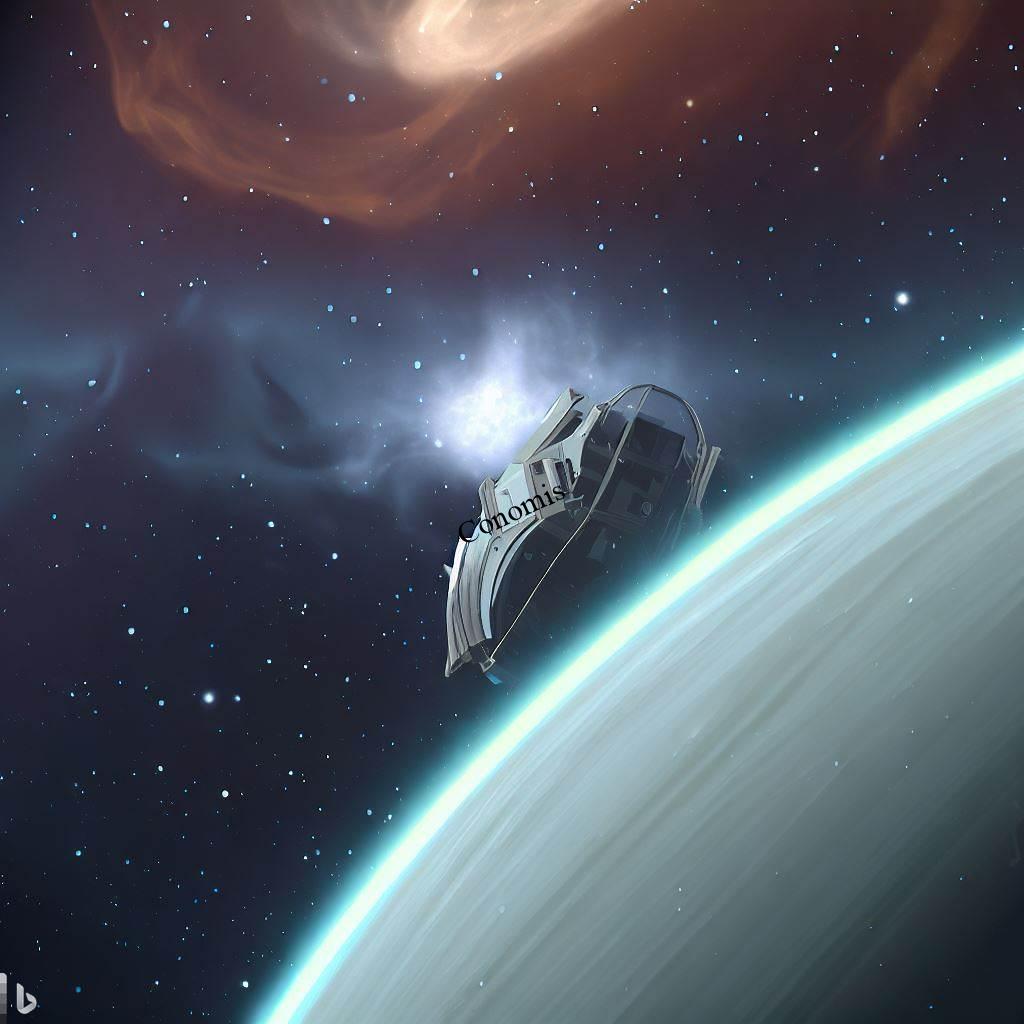
Additionally, microgravity, extreme temperatures, and the risk of space debris collisions add to the roster of potential threats. It’s a milieu where even a minor oversight can have dire consequences.
Yet, astronauts willingly plunge into this environment, armed with knowledge, training, and indomitable spirit. They’re not just scientists or pilots; they’re daredevils, pushing the boundaries of human capability. Their adventures serve as a powerful reminder: while space is mesmerizing, it demands respect, preparation, and unwavering courage.
The Effects of Microgravity
The wonderment of floating freely, untethered by the familiar force of gravity, might seem like a whimsical dream. Yet, in the vast expanse of space, this dream morphs into reality, thanks to the phenomenon of microgravity. While images of astronauts somersaulting inside their spacecraft evoke awe, the implications of living in a weightless environment stretch far beyond these playful moments.
Microgravity, as the name suggests, refers to an environment where gravity’s pull is not completely absent but is significantly weaker than on Earth. This unique setting transforms many aspects of life and matter as we know it. For starters, consider the human body. In the absence of the gravitational force compressing our spine, astronauts often grow a few inches taller. However, this elongation isn’t without its repercussions. The spine’s stretching can lead to backaches, a familiar complaint among spacefarers.
But the effects don’t stop at a height increase. The heart, accustomed to pumping blood against Earth’s gravitational pull, faces a new challenge. In microgravity, bodily fluids like blood shift towards the upper body, leading to a “moon face” appearance. Over time, muscles weaken and bones lose density, as they aren’t subjected to the regular stresses of gravity.

Beyond the human body, the behavior of fluids and gases in microgravity is a realm of continuous study. Without gravity pulling them into a puddle, fluids form mesmerizing floating orbs. Flames, too, don’t rise upward but envelop into blue-hued spheres.
This weightless realm offers not just a visual spectacle but also challenges and insights that continue to intrigue scientists. The study of microgravity’s effects, whether on living organisms or matter, is pivotal as we prepare for prolonged space missions and, perhaps, life beyond our home planet.
Magnetic Fields and Cosmic Winds
Space, contrary to common perception, is a dynamic and intricate tapestry. At the heart of its many mysteries are magnetic fields, unseen yet potent forces generated by celestial bodies, from stars to entire galaxies. These magnetic curtains weave patterns, influencing not just the behavior of charged particles but also orchestrating the grand ballet of planets and stars.

But there’s another player in this cosmic dance: cosmic winds. Emanating primarily from stars, these streams of charged particles race through space, shaping and molding the interstellar medium. They interact with magnetic fields, creating phenomena like the auroras on Earth and guiding the motion of interstellar dust.
Together, magnetic fields and cosmic winds act as the unseen hands, choreographing the movement and interactions in the vast cosmic arena. Through their subtle yet persistent influence, they play a pivotal role in the universe’s ever-evolving narrative.
The Outer Space Treaty
When we think of space exploration, images of rockets, astronauts, and distant galaxies often come to mind. But there’s another crucial aspect that often remains unsung: the legal framework. Just as terrestrial endeavors are governed by laws, the vast expanse of space has its own set of guidelines, encapsulated in the Outer Space Treaty.
Formally known as the “Treaty on Principles Governing the Activities of States in the Exploration and Use of Outer Space, including the Moon and Other Celestial Bodies,” this landmark agreement was established in 1967. Its essence? To ensure that space remains a realm free for exploration and use by all nations, devoid of territorial claims or conflicts. In essence, it declares space as the “common heritage of mankind.”

In a world where boundaries often define interactions, the Outer Space Treaty serves as a testament to global cooperation. It’s not just a document but a vision, ensuring that the mysteries and wonders of the cosmos remain accessible and beneficial to all of humanity.
Conclusion: The Continuous Journey of Discovery
As humans, our innate thirst for knowledge and understanding has led us to venture beyond our familiar horizons, pushing boundaries and seeking answers in the vast cosmos. The narrative of space, with its myriad of celestial wonders and enigmas, has been a captivating chapter in our story of exploration.
Every satellite we launch, every astronaut’s step on alien soil, and every telescope’s gaze into the distant universe reaffirms our commitment to unraveling the mysteries of the cosmos. It’s not just about understanding space but understanding our place within it.

And as vast and infinite as space may seem, our journey through it is bound by one immutable truth: discovery knows no end. Each answer paves the way for newer questions, each horizon beckons further exploration. As we stand on the precipice of tomorrow, gazing starwards, the universe whispers its eternal promise: the adventure has only just begun.
FAQs
What was the first human-made object in space?
The first human-made object to reach space was Sputnik 1, launched by the USSR in 1957.
Why is dark matter called ‘dark’?
It’s termed ‘dark’ because it doesn’t emit, absorb, or reflect light. It’s detectable only through its gravitational effects.
Is interstellar travel possible?
Currently, interstellar travel remains a concept. With our existing technology, it would take millennia to reach even the nearest star. But who knows what the future holds?
How does microgravity affect astronauts?
In microgravity, astronauts can experience muscle atrophy, bone density loss, and other physiological changes.
What is the purpose of the Outer Space Treaty?
The treaty aims to ensure that space exploration benefits all of humanity and prevents the militarization of celestial bodies.
You Can Also Read

https://www.nasa.gov/topics/solarsystem/index.html
https://global.jaxa.jp/projects/index.html
Conomis Thoughts
![]() Copyright 2023 CONOMIS
Copyright 2023 CONOMIS
